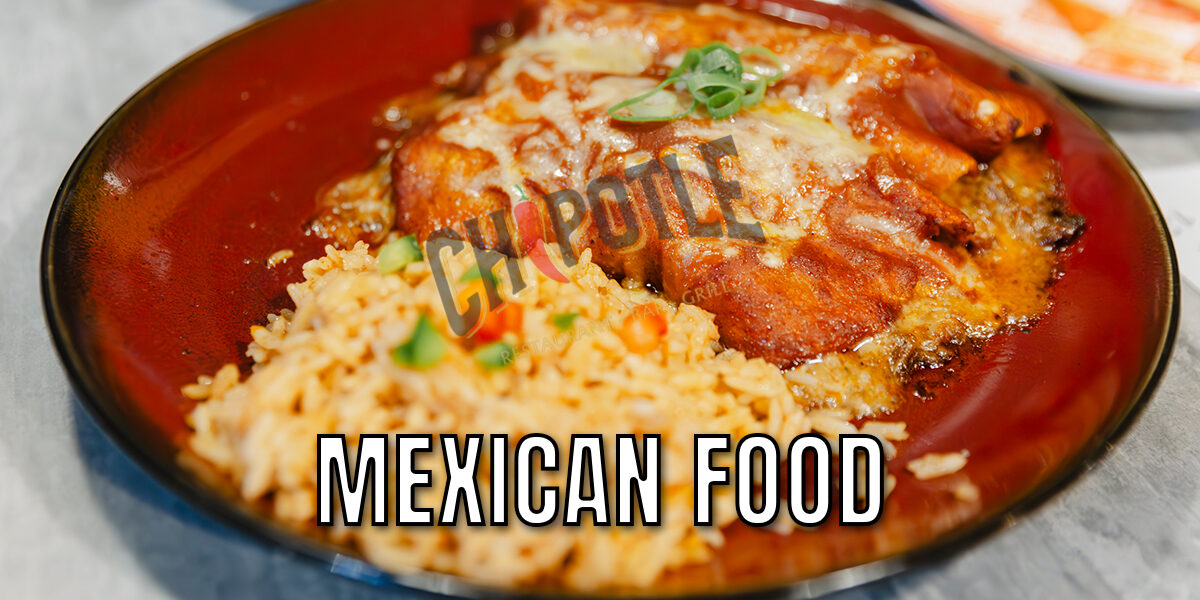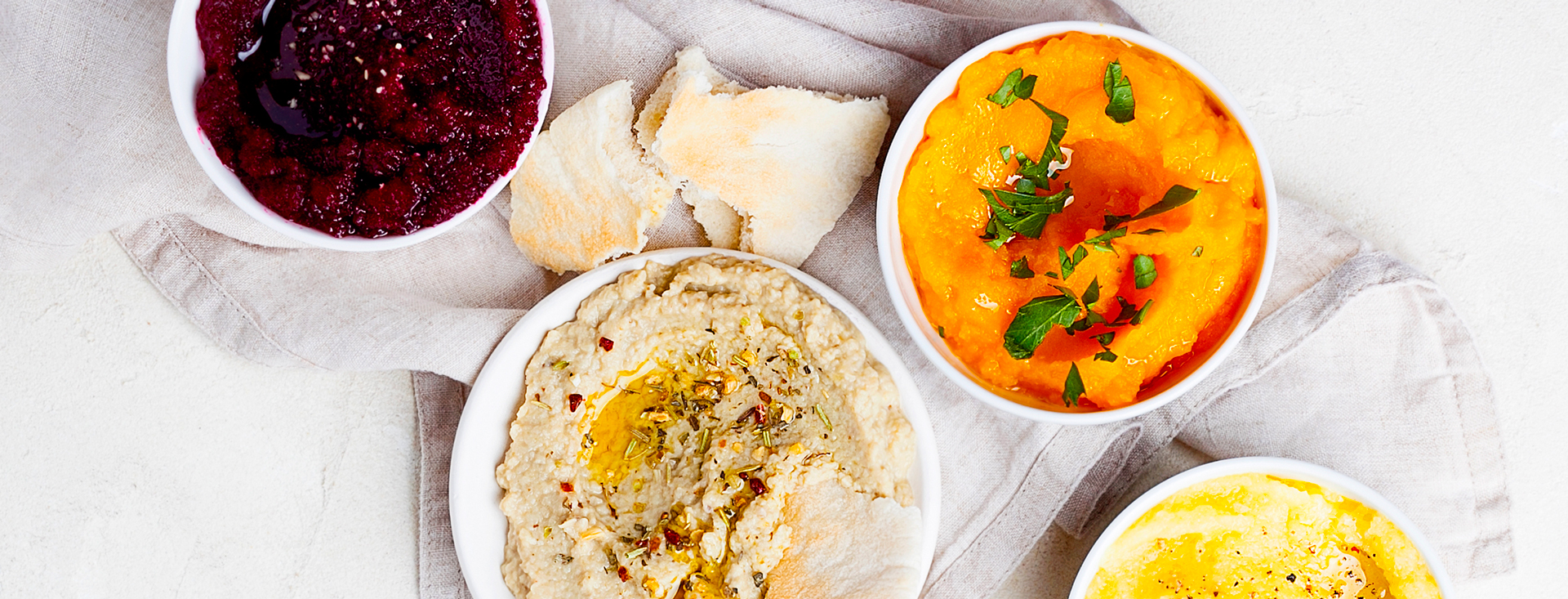Traditional Mexican food is more than just a meal; it’s an experience that tantalizes the senses and connects us with a rich cultural heritage. Whether you are a food enthusiast looking to explore new flavors or a travel blogger documenting your culinary adventures, understanding the allure of Mexican cuisine can enhance your appreciation for this vibrant culinary tradition.
The Heart and Soul of Mexican Cuisine
Mexican food is a celebration of bold flavors and fresh ingredients. It reflects the country’s diverse geography and history, offering a unique mix of indigenous and Spanish influences. From street vendors to family kitchens, the authenticity of traditional dishes remains a key reason why Mexican food is cherished worldwide. Visit : Mexican Restaurant in Tootgarook
Fresh Ingredients at the Core
One of the hallmarks of traditional Mexican food is its use of fresh ingredients. Tomatoes, chilies, avocados, and corn are staples that define the flavors of many dishes. Whether it’s the tangy taste of a fresh salsa or the creamy richness of guacamole, the emphasis on freshness enhances the overall dining experience.
A Fusion of Cultures
Mexican cuisine is a tapestry woven from various cultural influences. Indigenous ingredients like maize and beans blend seamlessly with Spanish imports such as cheese and meats. This fusion creates a distinctive flavor profile that sets Mexican food apart. For instance, mole, a complex sauce made with chocolate and spices, exemplifies this blend of culinary traditions.
Street Food Delight
Mexican street food is an integral part of the country’s culinary landscape. Tacos, tamales, and elotes (grilled corn) are just a few examples of street fare that offer a taste of tradition in every bite. These dishes are not only delicious but also accessible, allowing locals and tourists alike to savor authentic flavors without breaking the bank.
Traditional Dishes That Tell a Story
Each traditional Mexican dish carries a story, often rooted in regional history or family traditions. These stories add depth to the dining experience, making each meal a cultural exploration.
Tacos – A Versatile Favorite
Tacos are perhaps the most iconic Mexican dish, known for their versatility and simplicity. Whether filled with succulent carnitas, spicy chorizo, or fresh vegetables, tacos cater to a wide range of tastes. The use of handmade tortillas adds an authentic touch that elevates this humble dish.
Enchiladas – Comfort Food with a Kick
Enchiladas are another beloved dish, offering comfort and flavor in every bite. Typically made with tortillas rolled around a filling of meat or cheese and topped with a savory sauce, enchiladas are a staple in many Mexican households. The choice of red or green sauce can vary by region, each offering a unique taste experience.
Tamales – A Celebration Dish
Tamales hold a special place in Mexican culture, often prepared for celebrations and holidays. These corn dough wraps filled with meats, cheeses, or chilies are steamed to perfection, creating a dish that is both hearty and flavorful. The process of making tamales is labor-intensive, reflecting the care and tradition behind each bite.
Cultural Significance and Rituals
The preparation and consumption of traditional Mexican food are steeped in cultural rituals that highlight the importance of family and community.
Dia de los Muertos – A Feast for the Spirits
During Dia de los Muertos (Day of the Dead), families prepare special foods to honor their deceased loved ones. Pan de muerto, a sweet bread decorated with bone-shaped designs, is a traditional offering. The act of sharing food during this celebration underscores the deep connection between Mexican cuisine and cultural identity. Best restaurants rye.
Family Gatherings and Feasts
Mexican food plays a central role in family gatherings and celebrations. From birthdays to weddings, the presence of traditional dishes brings people together. The communal aspect of sharing a meal strengthens bonds and preserves culinary traditions for future generations.
Culinary Arts and Craftsmanship
The craftsmanship involved in preparing traditional Mexican food is a testament to the skill and dedication of Mexican cooks. Techniques such as hand-grinding corn for tortillas or slow-cooking meats for hours demonstrate the artistry behind each dish. This level of care and expertise is a key reason why traditional Mexican food remains highly regarded.
Health Benefits of Traditional Ingredients
Beyond their delicious taste, many traditional Mexican ingredients offer significant health benefits, contributing to a well-rounded diet.
Nutrient-Rich Vegetables
Vegetables like tomatoes, avocados, and peppers are not only flavorful but also packed with essential nutrients. Tomatoes, for example, are rich in vitamins C and K, while avocados provide healthy fats and potassium. These ingredients support overall health and well-being.
Protein Powerhouses
Beans and lean meats are common components of Mexican dishes, providing a good source of protein. Beans, in particular, are high in fiber and can help regulate blood sugar levels. When combined with corn, they create a complete protein that is both nutritious and satisfying.
Spices with Benefits
Spices such as chili peppers and cumin not only enhance flavor but also offer health benefits. Chili peppers contain capsaicin, which has been shown to boost metabolism and reduce inflammation. Cumin is known for its digestive properties and ability to improve nutrient absorption.
Traditional Cooking Methods
Traditional Mexican cooking methods contribute to the unique flavors and textures of the cuisine. These methods have been passed down through generations, preserving the authenticity of each dish.
Stone Grinding and Hand Pressing
The use of traditional tools like the metate (a stone grinder) and the tortilla press plays a crucial role in preparing authentic Mexican food. Stone grinding corn for masa (dough) imparts a distinct texture and flavor that cannot be replicated by modern machines.
Slow Cooking and Braising
Slow cooking techniques, such as braising, are essential for developing the rich flavors of dishes like mole and barbacoa. These methods allow the ingredients to meld together, creating complex and layered tastes that define traditional Mexican cuisine.
Open Flame Cooking
Cooking over an open flame is a time-honored method that adds a smoky depth to many Mexican dishes. Grilling meats and vegetables directly over fire imparts a charred, flavorful quality that is synonymous with Mexican street food.
The Influence of Regional Diversity
Mexico’s diverse geography and climate contribute to the regional variations in its cuisine. Each region offers unique ingredients and cooking styles that reflect its local culture and environment.
Coastal Cuisine
Coastal regions like Veracruz and Baja California are known for their seafood dishes. Fresh fish, shrimp, and octopus are commonly used in dishes such as ceviche and fish tacos. The abundant seafood resources along the coast influence the light and refreshing flavors of these regional specialties.
Central Mexican Staples
Central Mexico, including Mexico City, is the heartland of traditional Mexican cuisine. Here, you’ll find a wide variety of dishes that represent the core of Mexican food culture, from savory tacos al pastor to rich and complex moles. The capital city’s bustling food markets offer a glimpse into the vibrant culinary traditions of the region.
Southern Flavors
The southern states of Oaxaca and Chiapas are famous for their rich and diverse culinary heritage. Oaxaca, often called the “Land of the Seven Moles,” boasts a variety of mole sauces, each with distinct flavors and ingredients. The region’s use of indigenous ingredients like chocolate and exotic spices results in unique and memorable dishes.
The Role of Traditional Beverages
No discussion of Mexican cuisine would be complete without mentioning traditional beverages. These drinks complement the flavors of the food and add an extra layer of enjoyment to the dining experience.




